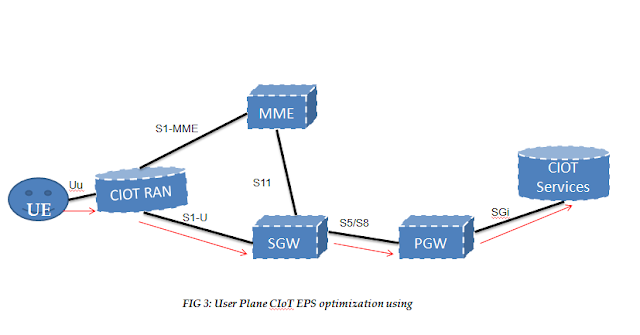User Plane CIoT EPS optimization

Home LTE NB-IoT 5G(NR-NSA) Hi Guys today we are learning about User Plane CIoT EPS optimization in detail for NB-IoT, For more update Please visit our NB-IoT page . User Plane CIoT EPS optimization: The User Plane CIoT EPS Optimization is a functionality through which user plane data can be transferred without using the Service Request procedure to establish Access Stratum (AS) context in the serving eNodeB and UE. This method is based on User Plane transport of user data in which data is transferred over the conventional user plane through the network from the eNB to the S-GW and vice-versa. User Plane Data is transferred through the conventional route, i.e. through radio bearers via the SGW and the PGW to the application server. There is some overhead on building up the connection; however...

